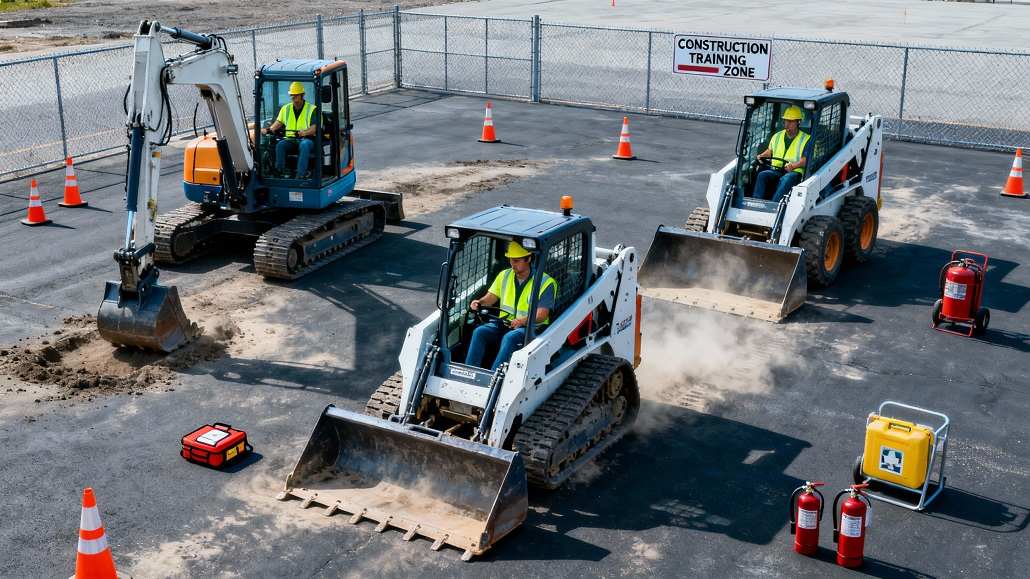Why Regular Equipment Inspections Are Essential for Peak Performance
Discover the importance of regular equipment inspections. Learn how routine checks enhance safety, extend machinery lifespan, and prevent costly downtime.

It’s a clear idea: you probably won't call a technician if you don’t think a problem with your equipment. Equipment inspections are vital safety checks skipped when companies are strapped for time.
A daily inspection is a convenient way to save your equipment and your team. It’s a small-scale investment that pays you back a reward.
It’s vital to examine your equipment before every use. Noticing potential damages before they become dangerous can save you time and money and, chiefly it can protect your staff.
Safety first
Creating a safe work environment for your employees is convenient when your equipment is in better condition. Most site injuries are avoidable, specifically those from employees working with or around disfigured equipment. Being energetic and needing a daily inspection can secure accidents and injuries.
Disfigured equipment should instantly be repaired to prevent damage to your workers. The barren minimum for equipment, according to OSHA, includes:
- A working brake system, also exigency brake, and parking brake
- Working headlights, taillights, and brake lights
- A horn or other hearing alarm device
- A windshield with windshield wipers in better status
Accidents are more probable if any of these requirements aren’t gathered and the equipment is damaged. A damaged horn or failing brakes can guide a crash (into a worker or another piece of equipment).
While implementing equipment examination, learn how to avoid common area injuries and keep your team safer.
Efficiency and cost-saving
Inspections can also aid your hard times and save you money. Since equipment failure creates tasks to grind to a halt, it’s in your company’s ideal interest to be motivated. You can Enhance your equipment’s performance and Optimize it with daily inspections.
Catching damage or wear early is a convenient way to secure your machinery. Inspections offer huge benefits: a piece of equipment in better condition, assistance when needed, and importantly more effectual long-term than one that only gets scheduled PM. The earlier you detect an issue, the cheaper it is to fix.
How to establish an inspection routine.
You can make a compatible examination routine with your team. The initial barrier, against equipment failure.
Certified and mature operators are often the most skilled people to perform inspections. Since they run the machines daily, they frequently know when a piece of equipment is accomplished differently. They can even detect significant parts or pieces that aren’t functioning effectively.
When you impose daily examinations, you may deal with pushback if you didn’t previously need them. An examination can seem like a waste of time when a person hasn’t gone through the effects of damaged equipment firsthand. You can need your team to fill out a routine inspection checklist until it becomes a practice.
Train your team individuals to look at the following things when executing a routine inspection:
- Tire pressure and status
- Fluid levels
- Fuel and oil leaks
- Brakes and lights
- Mirrors and glass
- Horn
- Seatbelts
- Emergency brake
- Steering
- Attachment status
This list chiefly covers the issues your team is likely to come in association with. A professional technician can perform a more deep examination of internal components during PM or a scheduled maintenance analysis.

 machineryasia
machineryasia 








